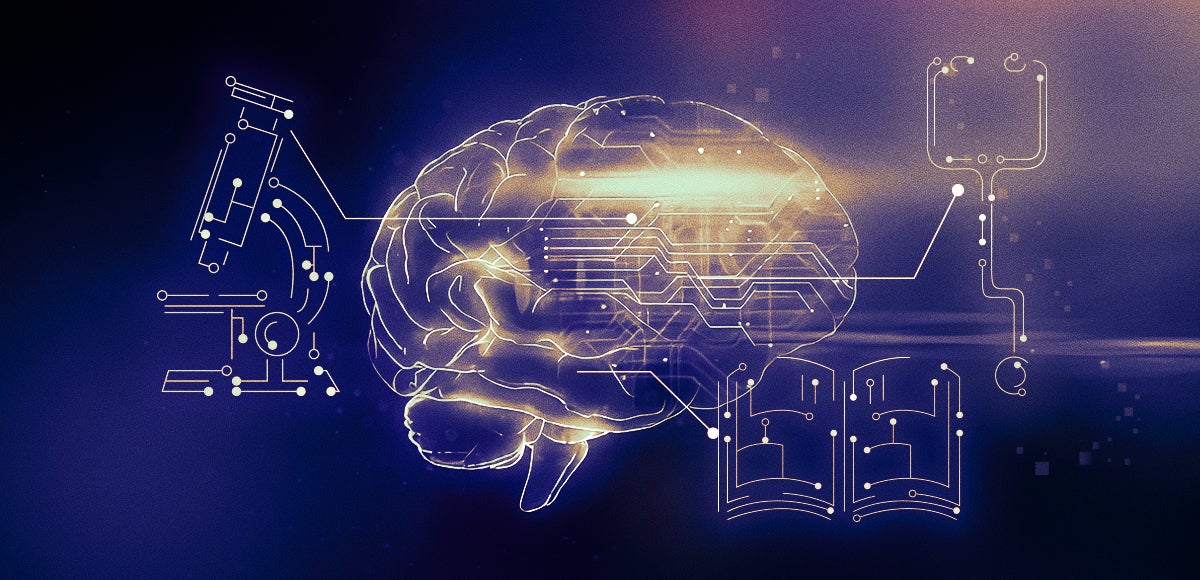AI Trends
AI Trends in Business and Commerce

AI Trends
Embracing a Positive Future: Ethical AI in the Service of National Security
As we forge ahead into a future where ethical AI and national security intertwine, we embrace the potential to create a world that is safer, more just, and more prosperous. By harnessing AI technologies responsibly, upholding ethical principles, and nurturing collaboration, we can navigate the complex landscape of AI in defense, leading us to a future where innovation and security go hand in hand. Together, let us pave the way for a positive and promising future.
AI Trends
Deepfakes and the Battle for Truth: Embracing Authenticity in the Era of Synthetic Media
In the battle for truth, we stand united. The rise of deepfakes calls for our unwavering commitment to authenticity and resilience. By being vigilant, technologically literate, and collectively proactive, we can protect the integrity of information, restore public trust, and forge a future where truth prevails over fabrication. Together, we can navigate the era of synthetic media and emerge stronger and more enlightened.
AI Trends
AI vs. Human Creativity: Exploring the Boundaries of Artistic Expression
The journey of AI and human creativity is an ongoing exploration, full of progressive and exciting possibilities. As we continue to push the boundaries of artistic expression with AI, it’s important to embrace this transformative technology with an open mind and an appreciation for the unique contributions that both machines and humans can bring to the world of art. Together, we can redefine and expand the horizons of creativity, opening up new avenues of inspiration and imagination.
-

 iPhone1 year ago
iPhone1 year agoFuture Predictions for the iPhone: Unveiling the Path of Innovation
-

 Apple MacBook1 year ago
Apple MacBook1 year agoThe History of Apple MacBook: A Journey of Innovation and Design Excellence
-

 Uncategorized1 year ago
Uncategorized1 year agoThe Automation Revolution: Job Displacement or New Opportunities?
-

 3D Printers1 year ago
3D Printers1 year agoBenefits of 3D Printing
-

 AI Trends1 year ago
AI Trends1 year agoThe Future of Robotics and AI: A Controversial Perspective
-

 Tech News1 year ago
Tech News1 year agoThe AI Privacy Paradox: Balancing Innovation and Personal Data Protection
-

 3D Printers1 year ago
3D Printers1 year agoThe Future of 3D Printing
-

 BLOG1 year ago
BLOG1 year agombracing the Singularity: Illuminating the Path to a Promising Future









